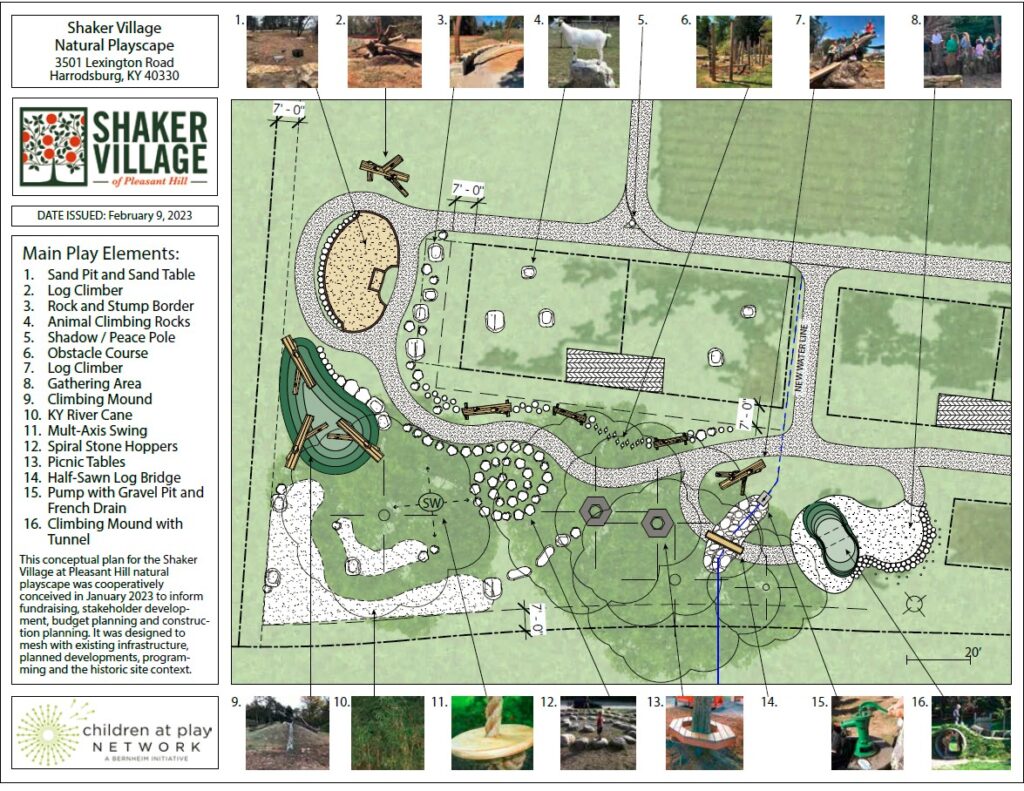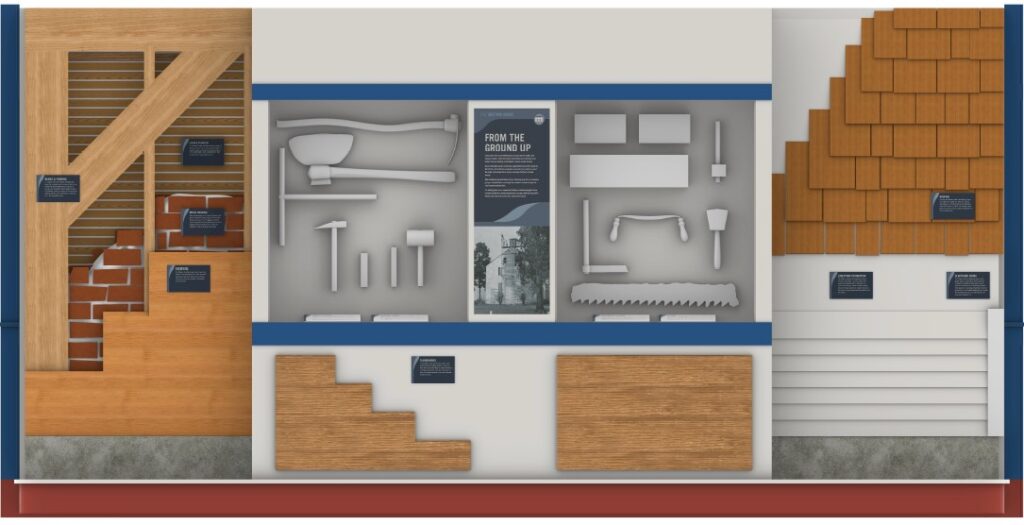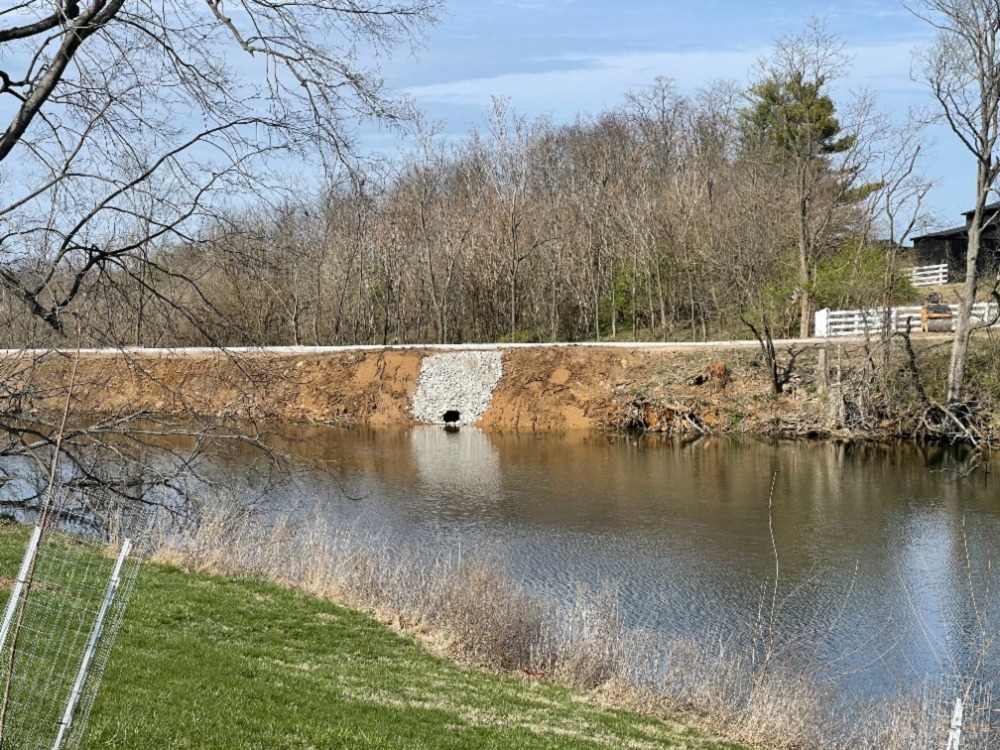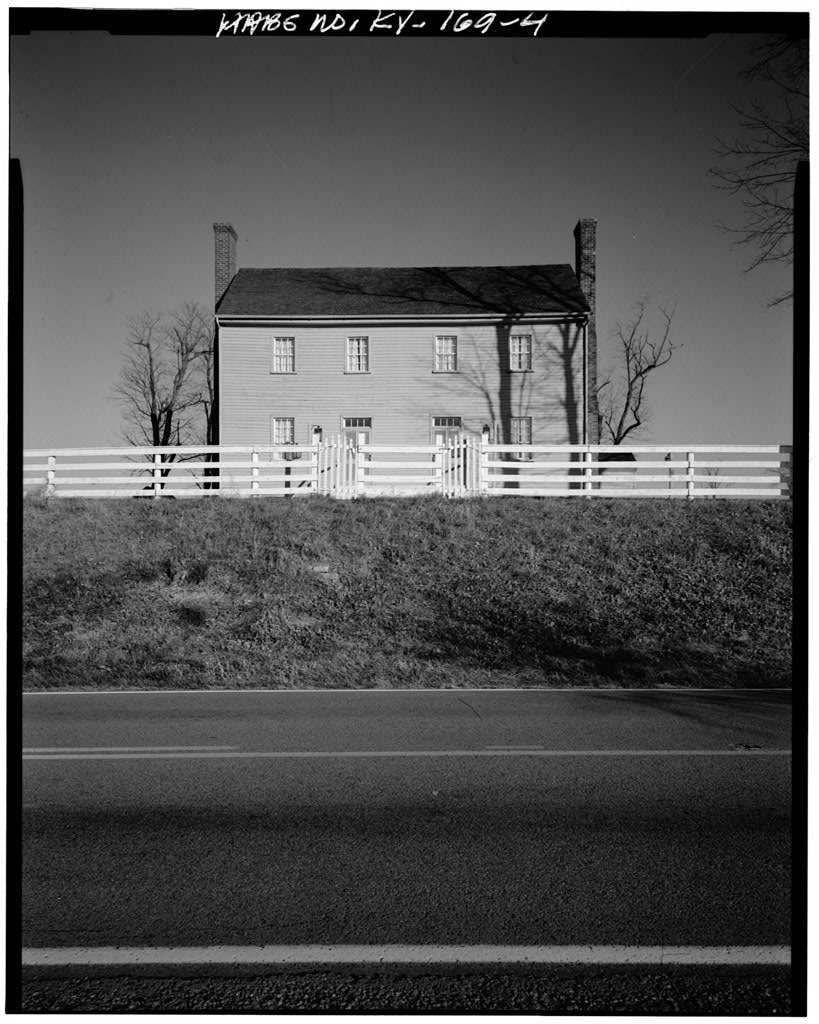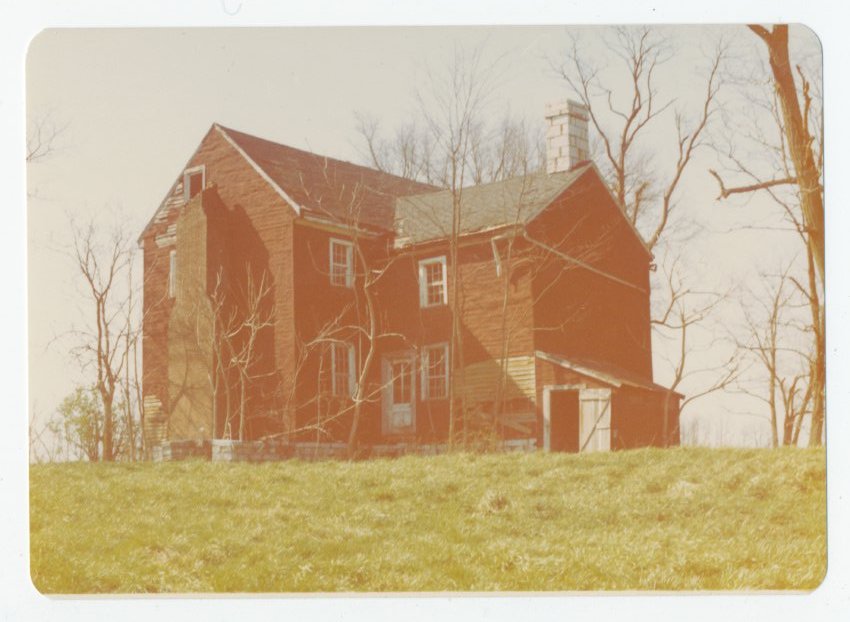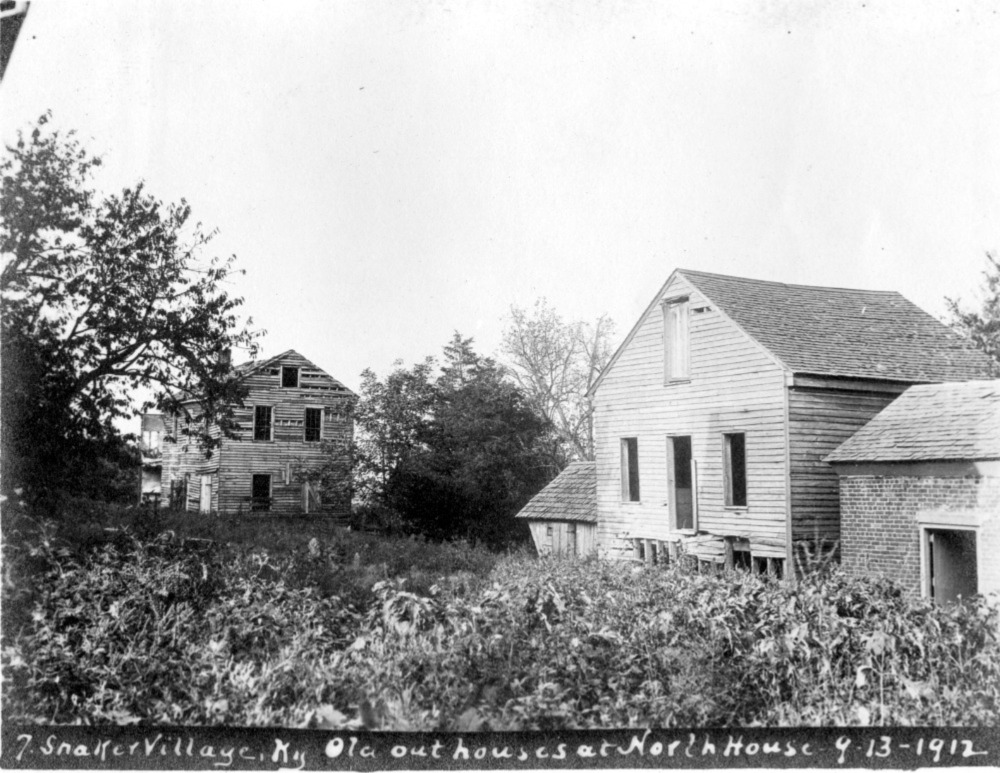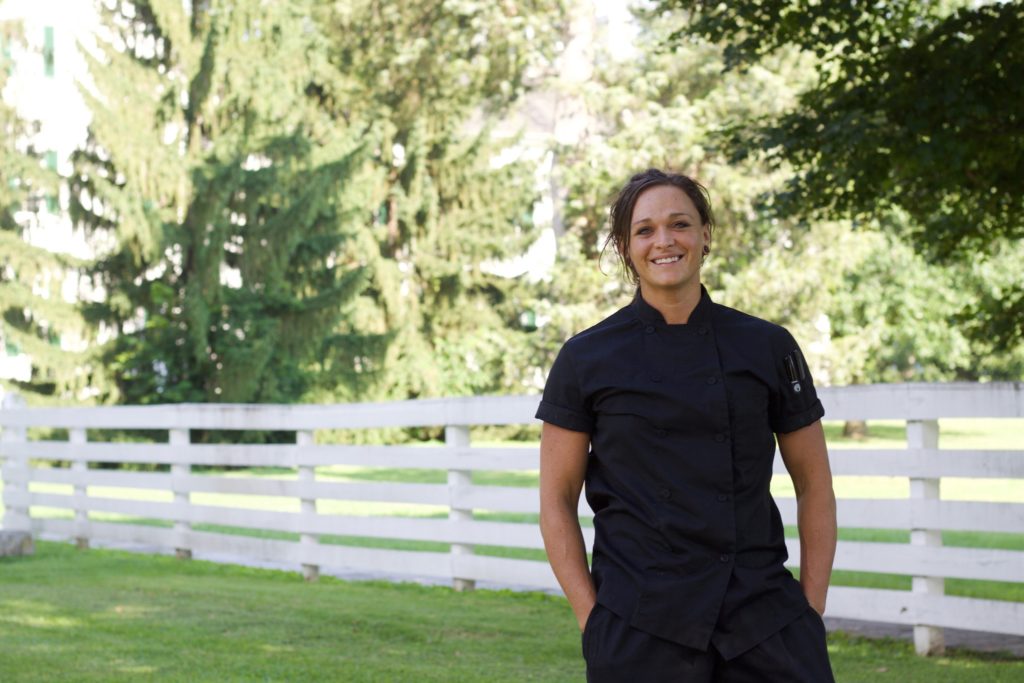Billy Rankin, Vice President of Public Programming and Marketing
This is the third article in an ongoing series outlining long-range planning at Shaker Village of Pleasant Hill.
One Project at a Time
Our first article in this series provided an overview of the long-range planning process at Shaker Village, while the second article shared the list of projects we have included in the plan. We’ve been thrilled at the response we’ve received from the public so far, with so many supporters of Shaker Village reaching out to share their excitement, ask questions and offer to help in a variety of ways. As they say, “It takes a Village!” We have certainly found that to be the case here, and truly cherish the enthusiasm our community has for this unique historic site.
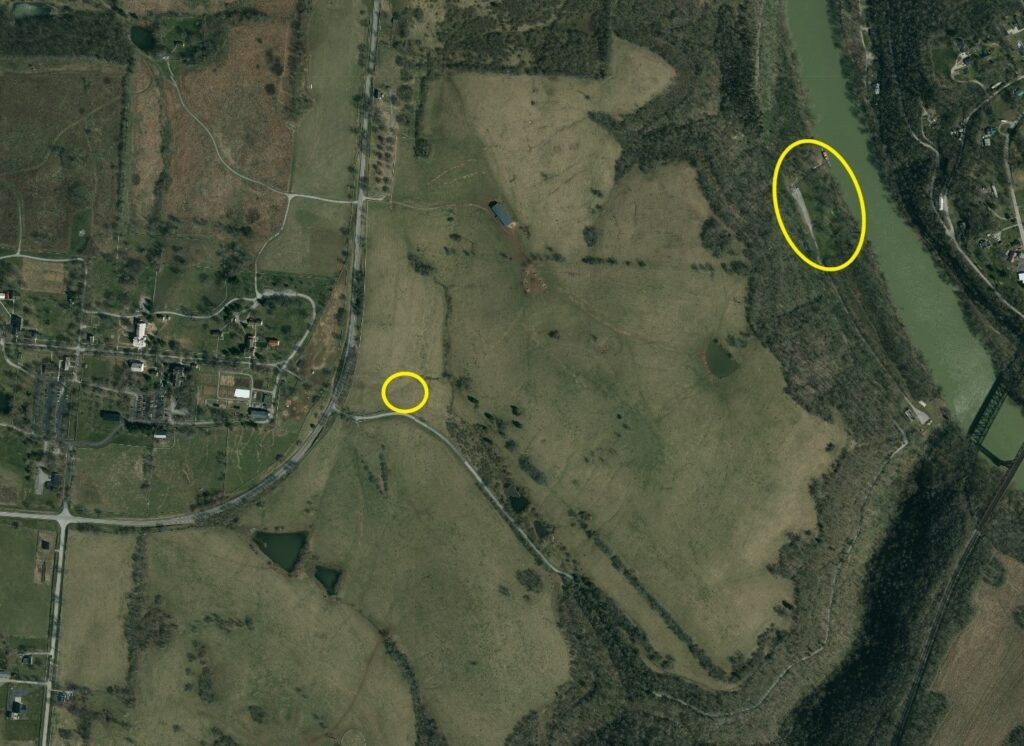
Now that everyone has been “introduced” to our Long-Range Plan, our next articles will each take a more detailed look into specific projects from the plan. We’ll begin by sharing the vision for Shaker Landing, with a bit of history and context to set the stage.
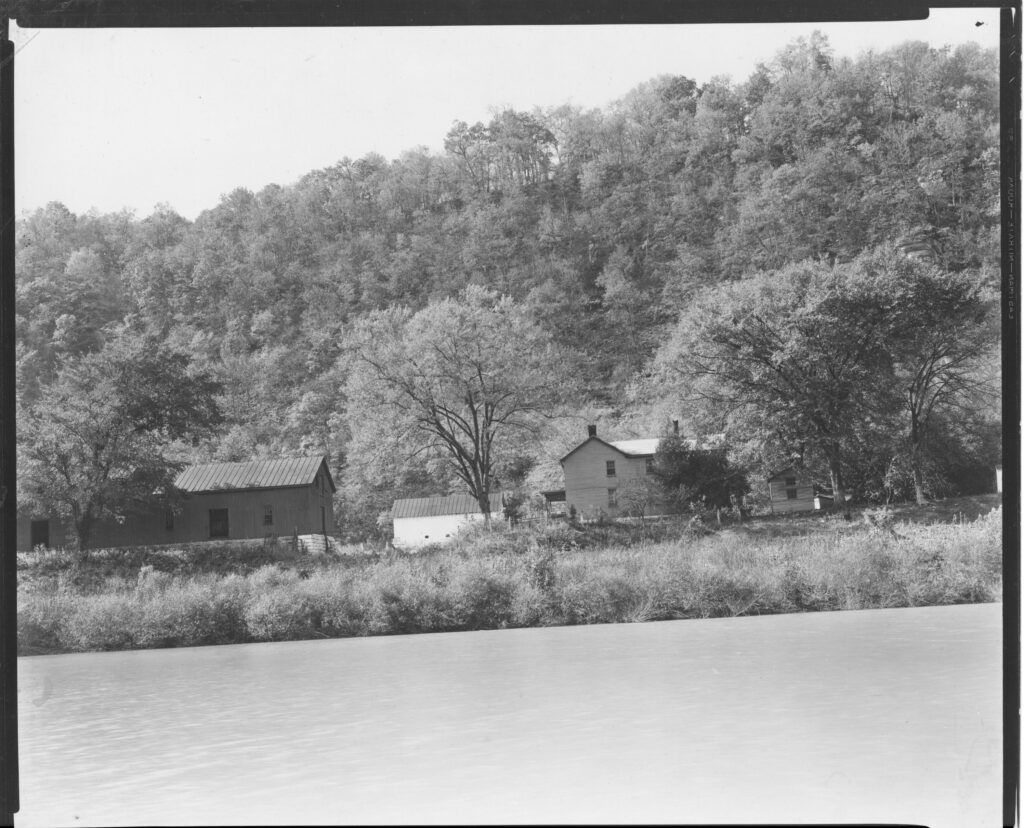
A Place on the River
The Pleasant Hill Shakers began acquiring land for river access as early as 1813, when they purchased Fulkerson’s Ferry a few miles downriver.
By 1843 the Shakers had amassed an additional 200 acres of land on both sides of the Kentucky River. At its peak, Shaker Landing spanned from Brooklyn to the mouth of the Dix River, about a mile upstream. Along this site the Shakers built 13 structures, including a dwelling, warehouses and a stable.
Shaker Landing served as the launch point for Shaker trade deacons for almost 50 years. The river connected the Shakers to markets as far south as New Orleans, where they would sell their goods and return with precious cargo such as sugar and coffee. Shorter trade routes were more common, with Louisville and Cincinnati as the most visited destinations.
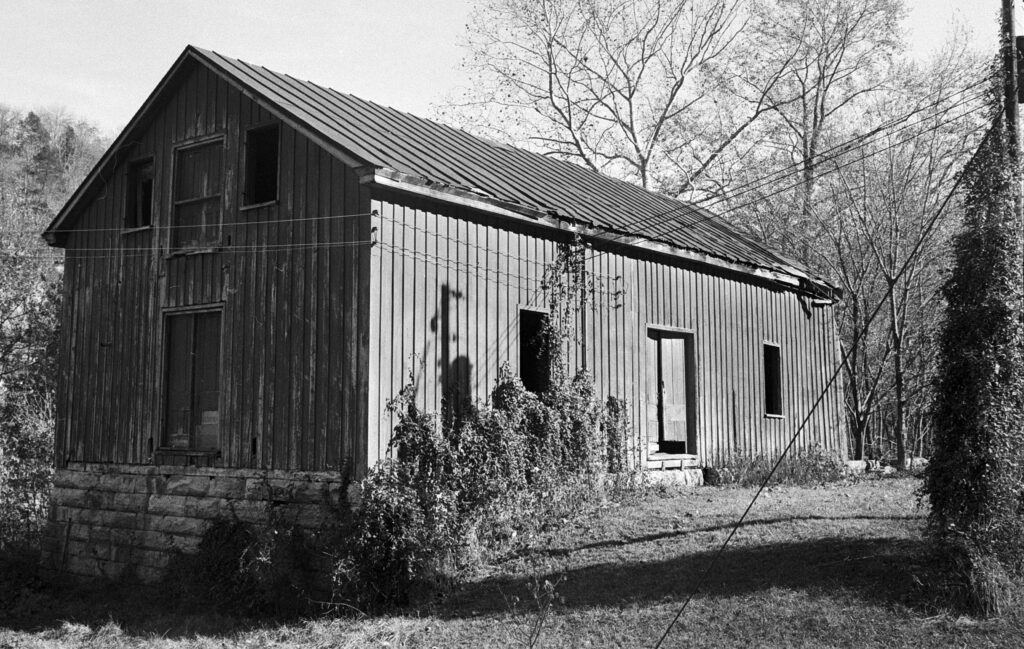
For nearly 100 years, the Shakers operated a ferry that would shuttle travelers across the Kentucky River for a small toll. Due to the construction of High Bridge and the increase of railroad travel, operation of the Shaker Ferry ceased in the late 1890s.
The Pleasant Hill Shakers sold their ferry, and Shaker Landing, in 1909. Non-Shakers continued to run the ferry as a tourist attraction under its original namesake until 1940.
The impact of flooding is one major reason why more original Shaker structures are not standing at Shaker Landing. During the historic flood of 1978, river waters reached 53 feet. Currently, the only remaining Shaker building at the Landing is the 1866 Timber Frame Stable.
Recent History

In 1982, Shaker Village purchased the Dixie Belle riverboat, which had been previously operating at Fort Boonesborough. The riverboat operated from 1982 – 2021, when it was decommissioned due to age, ongoing maintenance challenges and declining use.
Hiking trails to and from Shaker Landing comprise roughly two miles of the Village’s 33-mile trail system, and provide some of the only dog-friendly trails on the property.
Plans for the Future
As with all plans for the property at Shaker Village, or for that matter, any National Historic Landmark, great pains will be taken to ensure our work is not disruptive to the natural and cultural landscape, but rather, supportive of it. Archaeological assessments will be completed where necessary, care will be taken to consider the aesthetics of the Shakers and their land in any new designs, and the safety of all guests and staff will be paramount to our completed projects.

Upcoming Projects at Shaker Landing
We plan to outfit the 1866 Timber Frame Stable as an event venue, providing space for dinners, receptions, social gatherings and educational programs. This work will begin in 2023 thanks to a generous contribution from a private donor.
- Dining seating for 90-100 guests
- Add market lights, fans, event tables and chairs, accessible entry path, exterior lighting, exterior restrooms, exterior patio seating, kitchen prep equipment, historic images and interpretation.
We will modify and add to the current dock system on the Kentucky River. This work will provide a safer and more efficient launch for private canoes and kayaks, create space for educational programming and allow visitors a scenic location to relax and enjoy river views.
- A new kayak and canoe launch will be added in 2023 to the downstream side of the current dock at Shaker Landing. Continuing plans will be to expand the dock system with a design to complete all of the above functions, while being more aesthetically pleasing to guests.
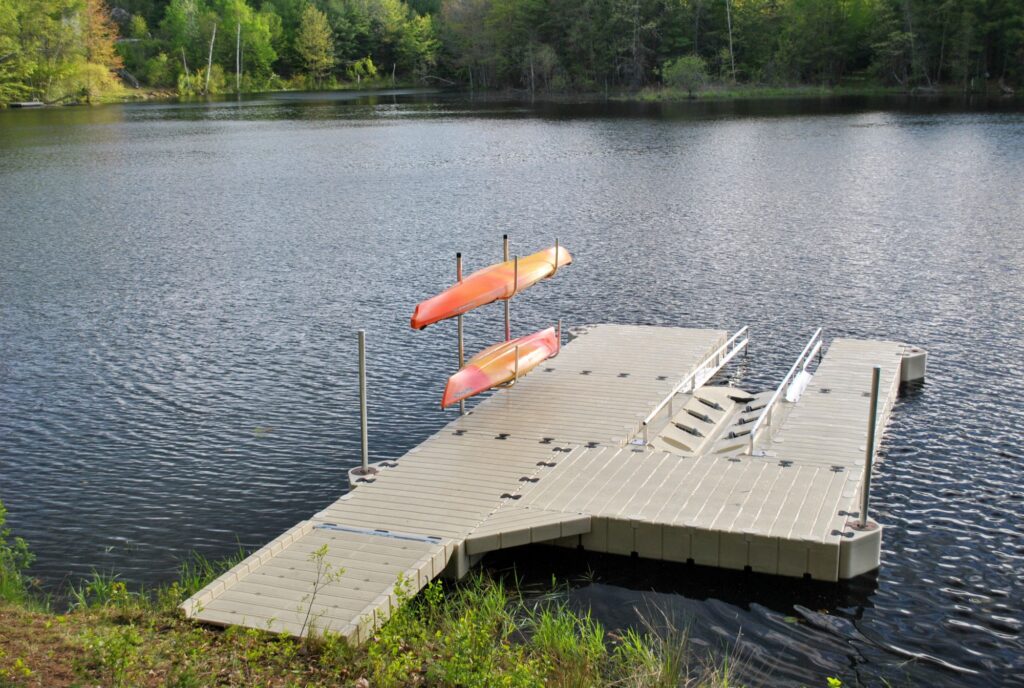
We plan to invest in a new motorized touring boat, and explore opportunities to provide additional canoe and kayak programming on the Kentucky River.
- Add a new, motorized touring vessel with a minimum capacity of 35 guests for interpretive programs, student activities and general river cruises.
- Continue our ongoing partnership with Canoe Kentucky to offer guided paddling experiences, while investigating options for purchasing large, touring canoes for guided group programs.
We plan to beautify Shaker Landing and River Road by manicuring the grounds, determining locations for future activities and adding interpretive elements where needed.
- Create interpretive signage for historic and natural features, build hardscape for paths, fire pits and dock access, and sight locations for large event tents. Begin promoting Shaker Landing for weddings, social events, youth camping trips and public boat launches.
Another important project will be to provide shuttling and guest parking options that allow safer access to Shaker Landing.
- Rent 15-passenger vans to shuttle guests to Shaker Landing for events. School buses and private boat launches may still access the Landing directly.
- Construct a new, semi-permeable parking area with a 60-car capacity off River Road, behind the current gated access. Install a shelter that can be used by Village staff for check-ins, and for guests shuttling to and from the landing.
Follow Our Progress
As projects develop, you can expect to hear more about the progress on social media, through emails and on the Shaker Village blog. We hope you follow along!
If you have questions about master site planning at Shaker Village, or if you would like to support our efforts, please reach out to our Vice President of Public Programming & Marketing, Billy Rankin at [email protected] or 859.734.1574.
